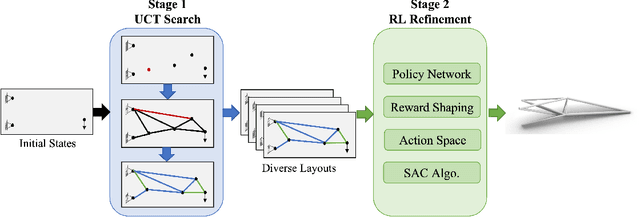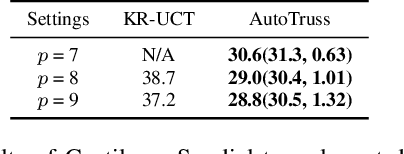Zimeng Song
Multi-defender Security Games with Schedules
Nov 28, 2023



Abstract:Stackelberg Security Games are often used to model strategic interactions in high-stakes security settings. The majority of existing models focus on single-defender settings where a single entity assumes command of all security assets. However, many realistic scenarios feature multiple heterogeneous defenders with their own interests and priorities embedded in a more complex system. Furthermore, defenders rarely choose targets to protect. Instead, they have a multitude of defensive resources or schedules at its disposal, each with different protective capabilities. In this paper, we study security games featuring multiple defenders and schedules simultaneously. We show that unlike prior work on multi-defender security games, the introduction of schedules can cause non-existence of equilibrium even under rather restricted environments. We prove that under the mild restriction that any subset of a schedule is also a schedule, non-existence of equilibrium is not only avoided, but can be computed in polynomial time in games with two defenders. Under additional assumptions, our algorithm can be extended to games with more than two defenders and its computation scaled up in special classes of games with compactly represented schedules such as those used in patrolling applications. Experimental results suggest that our methods scale gracefully with game size, making our algorithms amongst the few that can tackle multiple heterogeneous defenders.
Automatic Truss Design with Reinforcement Learning
Jun 27, 2023



Abstract:Truss layout design, namely finding a lightweight truss layout satisfying all the physical constraints, is a fundamental problem in the building industry. Generating the optimal layout is a challenging combinatorial optimization problem, which can be extremely expensive to solve by exhaustive search. Directly applying end-to-end reinforcement learning (RL) methods to truss layout design is infeasible either, since only a tiny portion of the entire layout space is valid under the physical constraints, leading to particularly sparse rewards for RL training. In this paper, we develop AutoTruss, a two-stage framework to efficiently generate both lightweight and valid truss layouts. AutoTruss first adopts Monte Carlo tree search to discover a diverse collection of valid layouts. Then RL is applied to iteratively refine the valid solutions. We conduct experiments and ablation studies in popular truss layout design test cases in both 2D and 3D settings. AutoTruss outperforms the best-reported layouts by 25.1% in the most challenging 3D test cases, resulting in the first effective deep-RL-based approach in the truss layout design literature.
 Add to Chrome
Add to Chrome Add to Firefox
Add to Firefox Add to Edge
Add to Edge